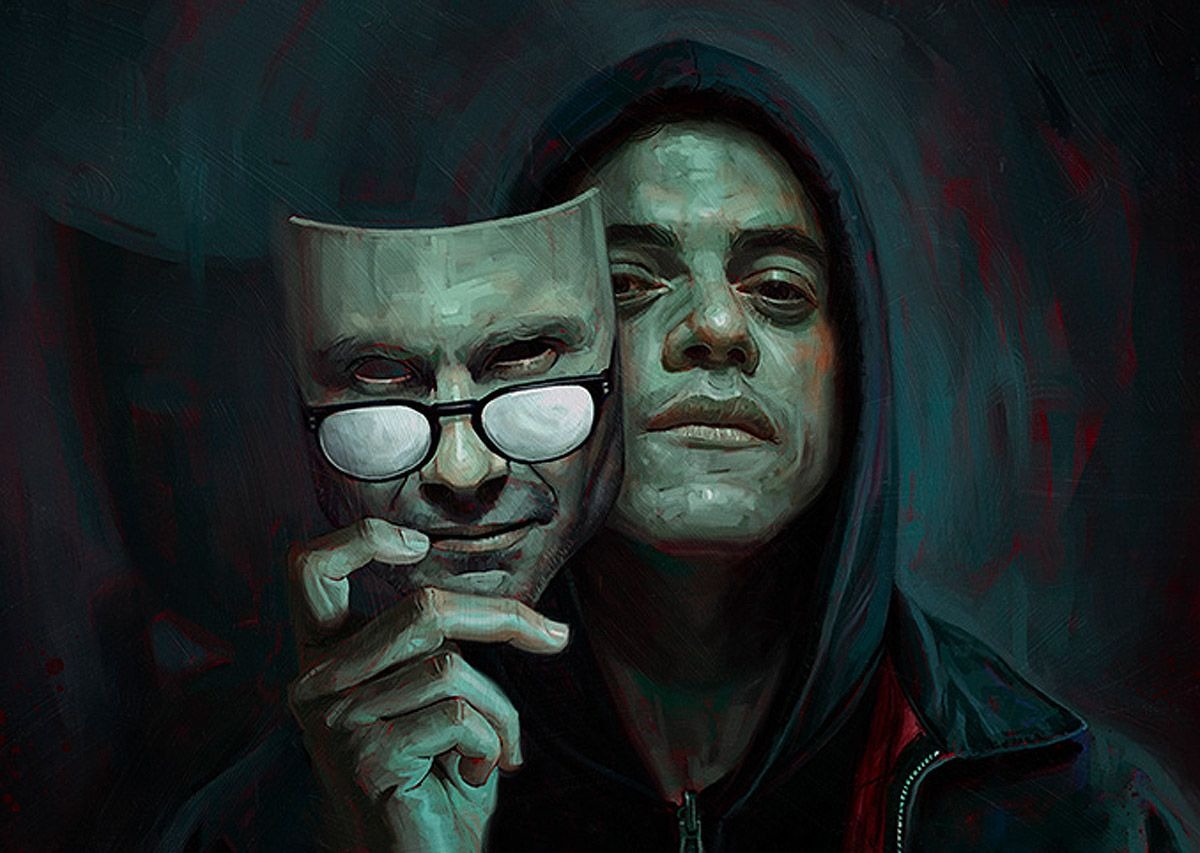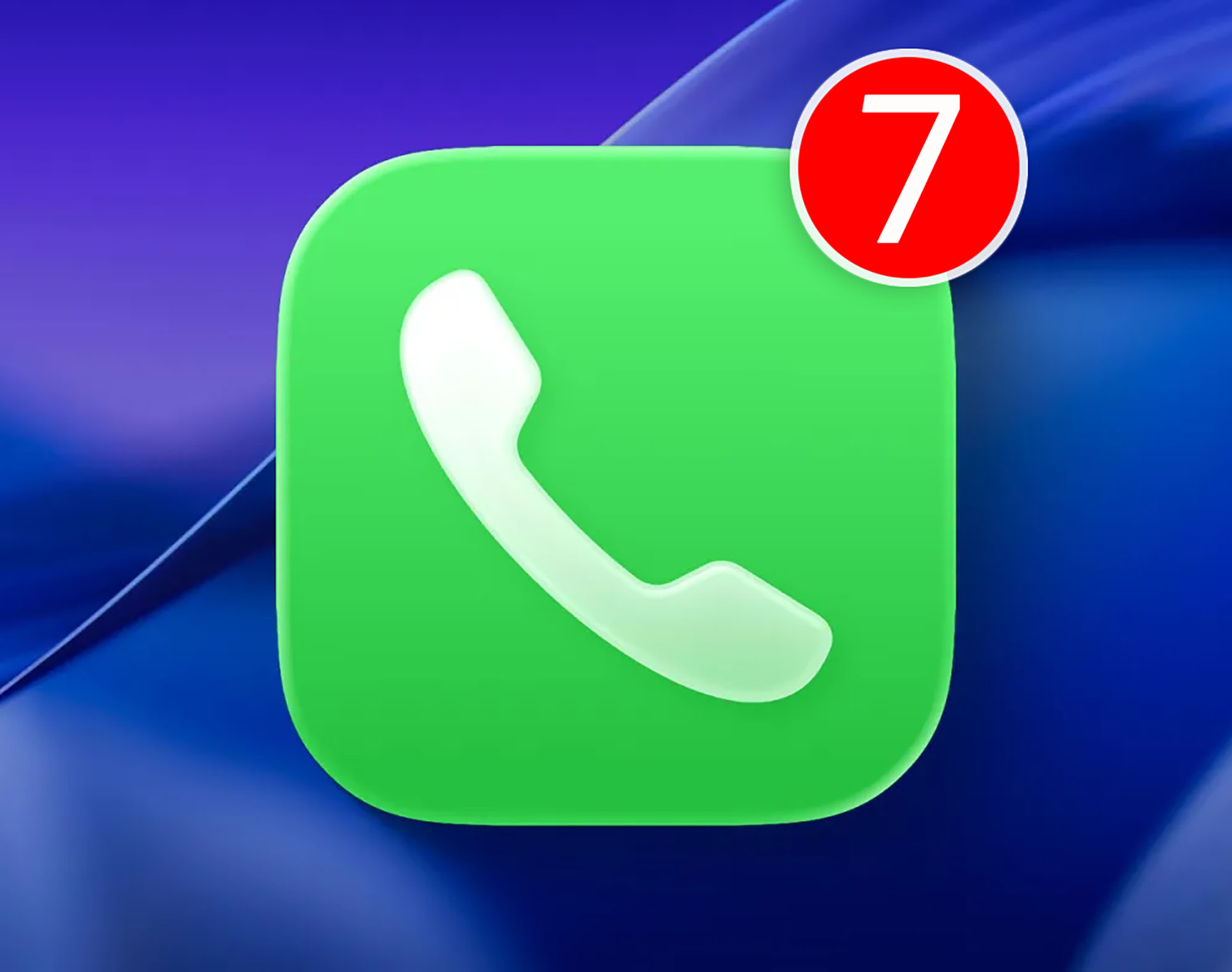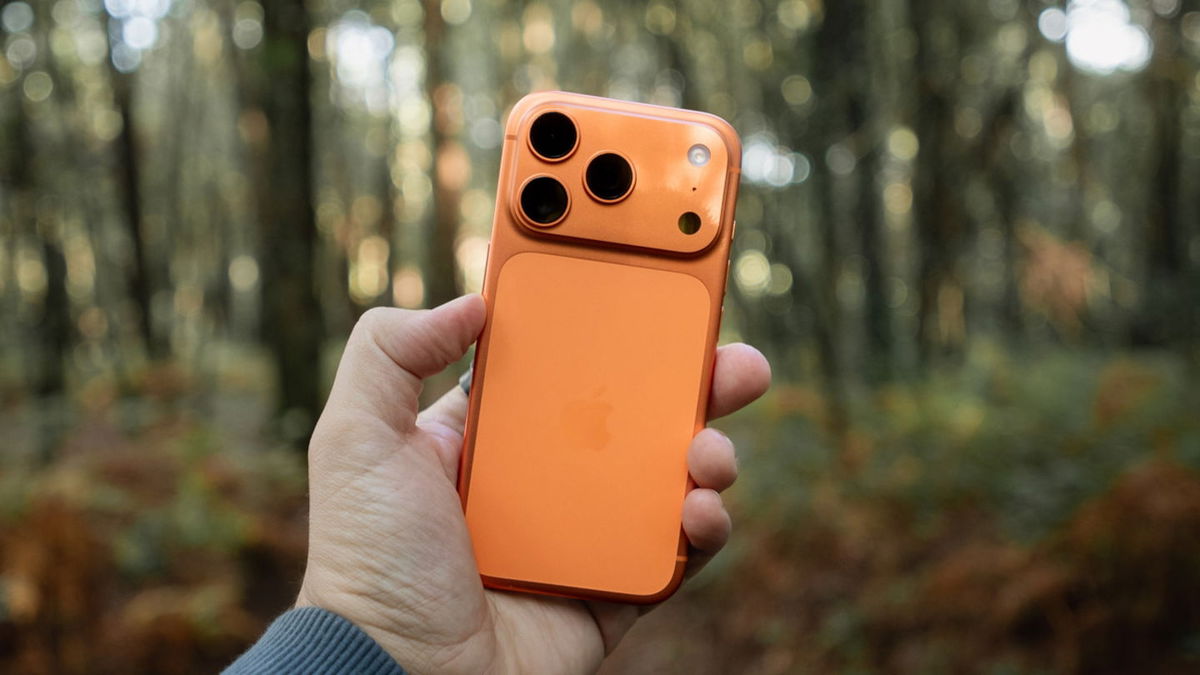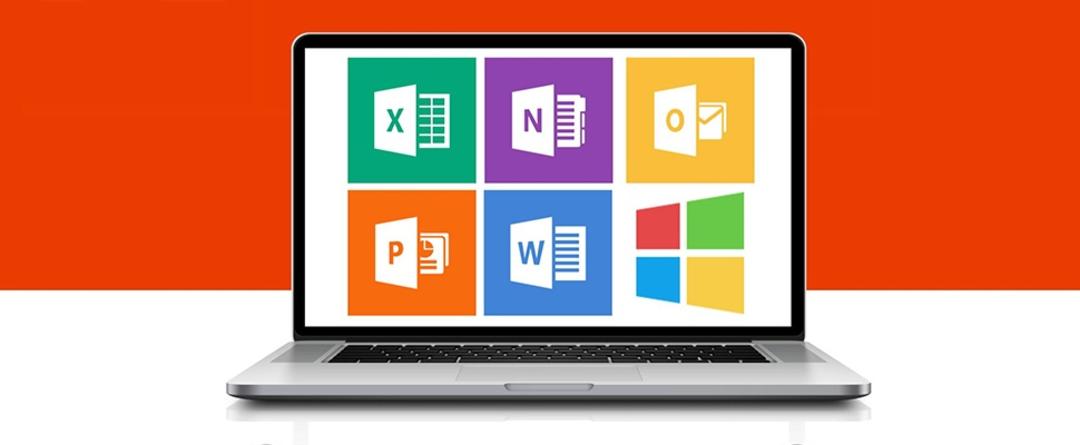Black and white photography is and remains a popular activity. It’s not entirely surprising, because it can lead to artistic consequences. Especially with an advanced app like Carbon for iOS and iPadOS. If you want to use it to transfer a photo to black and white, you can do it as follows.
For starters, it’s important to be careful if you want to download the Carbon app. In the app store you will find two with the same name but from different manufacturers. Carbon by Enrique Garcia is a must have. The other is nice, but you are faced with an expensive annual and mandatory subscription. So, as far as we’re concerned. The Carbon we work with costs only € 2.99 and offers many options for that amount.
Originally only available in iOS version, Carbon was recently released for iPad. And on the bigger screen, everything actually gets much better. So if you have an iPhone and iPad, we recommend you take photos with the phone and then transfer the converted photos to the tablet via AirDrop. Then run Carbon and tap the camera roll button (the one with the stylized mountain scenery) to import the photos from the movie transition into the app’s own library.
Select one or more photos, then import† Wait a few minutes (maybe) to transfer everything, then tap one of the photos you want to convert to black and white.
Working with presets
Now you see the photo in color. Tap the button bar on the right for quick results presets† Sorted into various categories, you can now see the presets, including a preview. For example, by choosing a preset that turns a photo into a ‘heavy’ version of black and white, you quickly create a somewhat oppressive atmosphere depending on the subject.
this ClassicalPresets are always useful. For example, pay attention to the sky depending on the preset you highlight or not. So think about what you want to spread with your photo.

Note that you can also scroll through preset categories; after that NOIR There are three more: FASHIONABLE and emulation† With the latter (divided into two groups), movies can be imitated, which is of course a nice feature for purists. Anyway: more than enough options to try.
Fortunately, Carbon doesn’t seem like an app that just applies some filters to a photo and leaves it there. No, you have a lot more options to tweak! After applying a preset, to the right is still the toolbar with a lot more options than ‘just’ filters. For example, in the Black and White option, you can play with the contrasts, color gain (actually color filters), and use the options below. Effect it can make a photo much harder and sharper (or less).
The Overlays button lets you add layers with specific effects to a photo. Note that then you really start messing around with a photo and you get a pretty exaggerated effect below the line. Very rarely it may be fine for a particular application, but not always.
Maybe the average Instagram user thinks differently about this, but it’s better to turn something more subtle and especially knowledgeable into a good black and white photo.

Export
Once you’re happy with a creation, it’s time to tap the export button. Fortunately, you can save a photo locally to the camera roll, as the file format is PNG. This means no annoying lossy (re)compression.
As a result, you can effortlessly continue to use an image in another photo editor or, if necessary, in a layout program or word processor without losing a single data. It is also possible to export to Instagram Stories, which is almost inevitable.
also color
In principle, you’re definitely not stuck with just black and white in Carbon. For starters, though, there are presets where colors or tints are left behind. For example, with a color overlay, very nice effects are also possible, although the emphasis of the application remains mainly on black and white.
For example, we also see that overlays don’t really care about color channels – although the preview suggests otherwise. No drama, but something to keep in mind.

Saving Profiles
When you have an effect with lots of tweaks and adjustments that you want to use later (for example, to use a consistent set of photos for a document, exhibition, or book), you can save that set as a set. Profile (bottom button of right toolbar). Tap this button and then tap the plus button in the panel that opens. Give your profile a sensible name and you can quickly apply it with a single tap.
Pay attention to this, especially if the profile has an overlay. In reality, of course, every blemish and every scratch is never in the same place in a photo. This is what happens when you apply a profile. Maybe it’s better to save a profile without an overlay, then you can always add an overlay. But preferably a different one than the one you use elsewhere.

Versatile and powerful
With Carbon you put on your iPhone or iPad an incredibly versatile and powerful tool that you can get very creative with. Don’t go overboard. Or overdo it so it’s artistic. But in the latter case, the line between ‘beautiful’ and ‘totally failed’ is often very thin. That doesn’t mean you shouldn’t try. Perhaps a whole new aspect of photography will open up to you. And of course it’s always fun!
Finally, when exporting, we saw something strange happen here on an iPad Pro with a kind of blocky “overexposure” effect. Since there are no export settings, there is nothing you can do about it. Considering that the application is actively maintained, this shortcoming will be eliminated. After all, remember that we are discussing the first iPad release here.
Source: Computer Totaal













